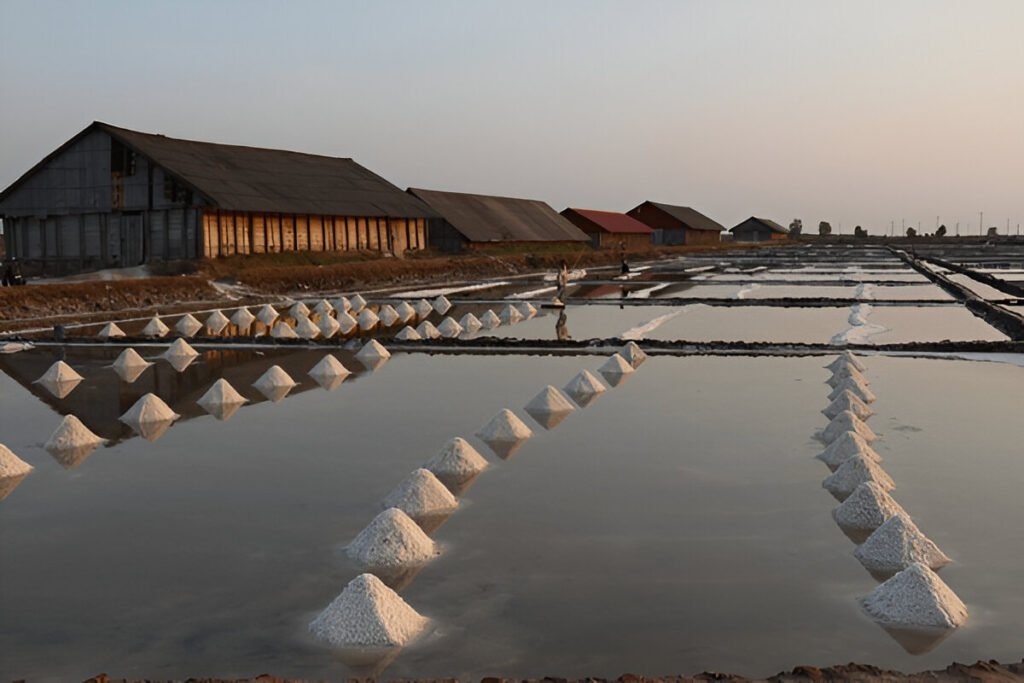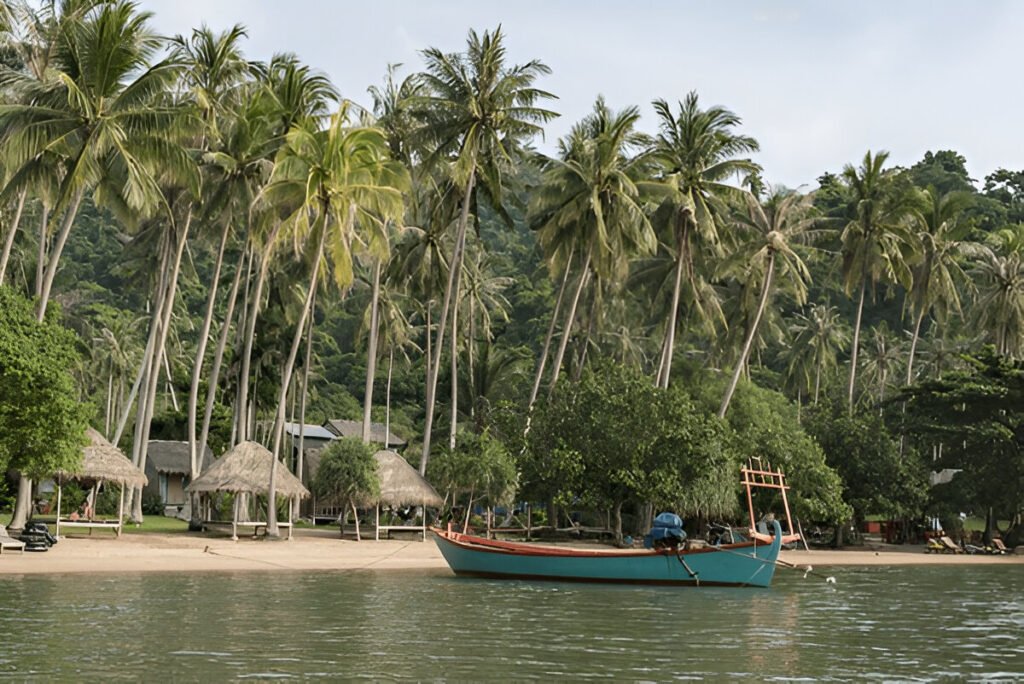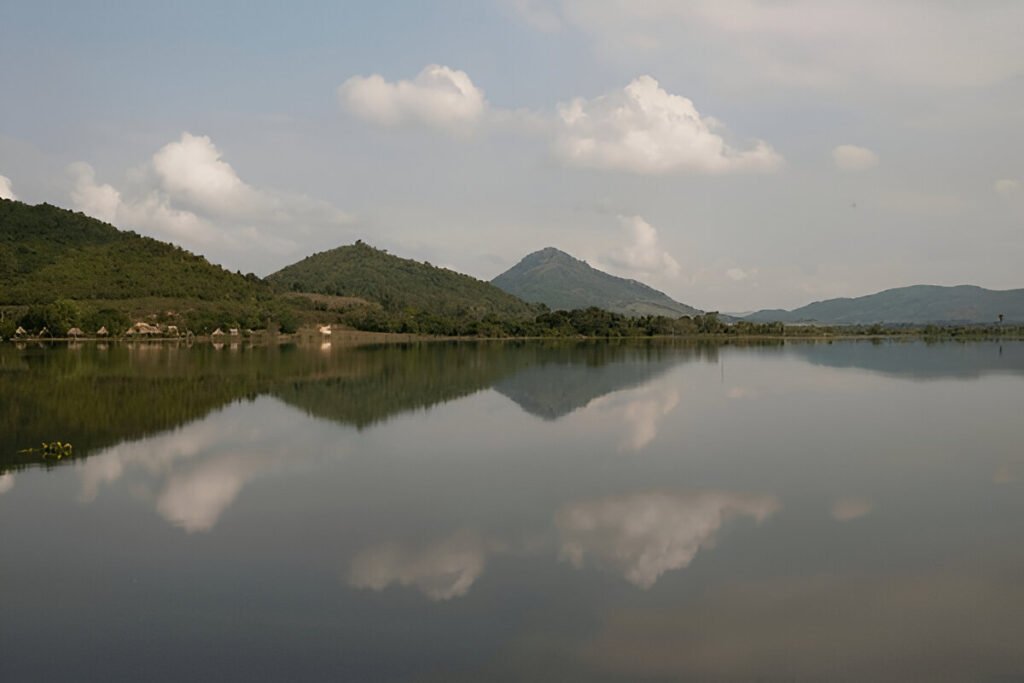Introduction:
Nestled in the northernmost corner of Ishikawa Prefecture, the Noto Peninsula is a relatively undiscovered gem that offers a rare glimpse into rural Japan. Less frequented by tourists than the bustling urban centers of Tokyo or Kyoto, this region offers an enticing blend of natural beauty and traditional culture. The Noto Peninsula is a wonderland of rugged coastal cliffs, tranquil beaches, and verdant rice fields, providing the backdrop to a lifestyle steeped in age-old customs and crafts. It is here that visitors can truly immerse themselves in Japan’s rich history and authentic rural charm.
Exploring the Noto Peninsula: A Hidden Gem in Ishikawa
From the moment you set foot on the Noto Peninsula, you are greeted by a panorama of unspoiled landscapes that seem to stretch endlessly into the horizon. The coastline, fractured by the relentless waves of the Sea of Japan, presents a dramatic spectacle of towering cliffs and secluded coves. Inland, the scenery transitions into serene rice fields, dotted with traditional farmhouses that hark back to a bygone era. Amidst this pastoral tranquillity, small towns and villages thrive, their narrow streets lined with beautifully preserved wooden houses.
The Noto Peninsula is a haven for traditional Japanese culture. Here, time-honoured crafts such as lacquerware, pottery, and silk weaving continue to flourish, preserved by artisans who have inherited these skills through generations. The region is also renowned for its distinctive food culture, a testament to the abundant sea and fertile fields that surround it. From the freshest seafood to delicacies like Noto beef and locally brewed sake, the culinary delights of the Noto Peninsula offer another dimension to the sensory experience of this enchanting region.
Coastal Splendour and Time-Honoured Crafts: The Heart of Rural Japan
The coastal areas of the Noto Peninsula are as diverse as they are captivating. At the eastern tip, the rugged cliffs of Okunoto offer breathtaking views of the sea, while the western coast is marked by serene beaches and the picturesque fishing villages of Suzu and Wajima. Here, the age-old tradition of ama (female free-diving fishers) remains alive, offering a unique insight into the peninsula’s maritime heritage. Further inland, the lush rice fields and tranquil countryside serve as a reminder of Japan’s agrarian roots.
In addition to its natural beauty, the Noto Peninsula is also a treasure trove of traditional crafts. In the towns of Yamanaka and Wajima, visitors can witness the elaborate process of creating lacquerware, a craft that dates back over a thousand years. The region is also famous for its Noto-shikki, a form of pottery characterised by its elegant simplicity and durability. Alongside these, the silk-weaving workshops of Nanao City offer a fascinating glimpse into the meticulous craftsmanship that goes into producing each exquisite piece of fabric.
Conclusion:
The Noto Peninsula, with its blend of coastal splendour and time-honoured crafts, offers a unique journey into the heart of rural Japan. It is a place where the beauty of nature merges seamlessly with a rich cultural heritage, providing an unforgettable experience that transcends the boundaries of time. So, whether you’re an avid nature enthusiast, a history buff, or a lover of traditional crafts, the Noto Peninsula is a destination that promises to leave a lasting impression. Experience the unspoiled beauty of its landscapes, the authenticity of its culture, and the warmth of its people on your next visit to Japan. Experience the Noto Peninsula.






